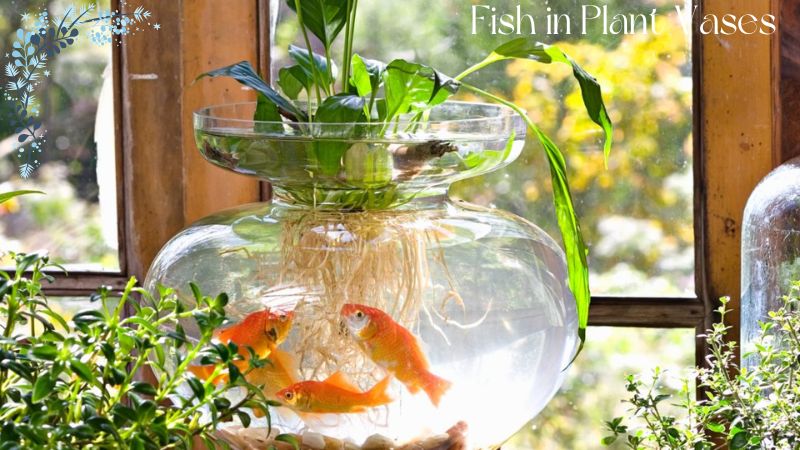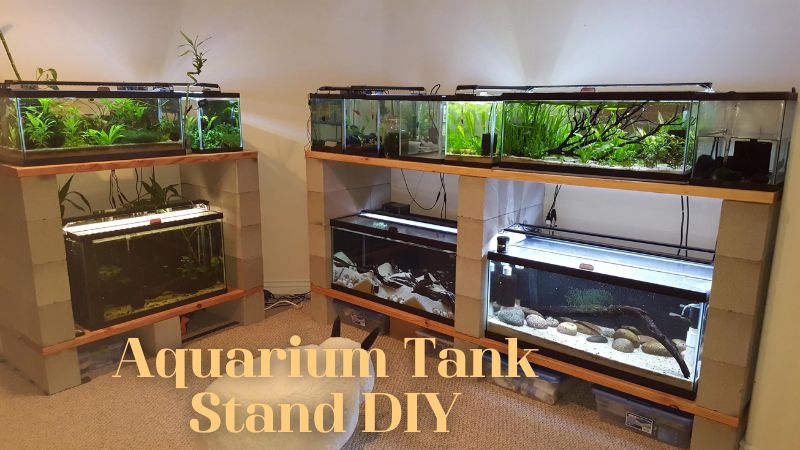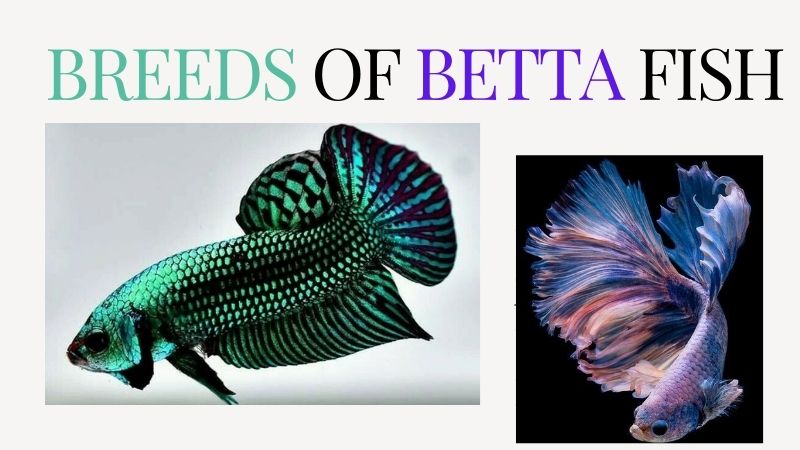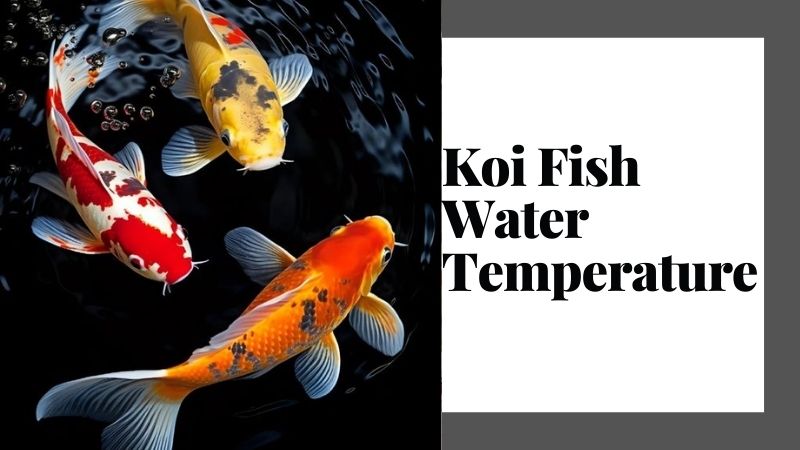Aquatic life and lush greenery have long been cherished elements of interior décor, but combining them in a harmonious ecosystem brings a unique charm to any space. The concept of fish living alongside aquatic plants in a vase or container isn’t just aesthetically pleasing, it also creates a self-sustaining miniature ecosystem that can thrive with minimal maintenance. This article Tropical Fish Haven will guide you through setting up your fish in plant vases.
Setting Up Your Fish in Plant Vases
Creating a fish and plant vase requires careful consideration of both aquatic life and plant species that can coexist harmoniously in a confined environment.
Choosing the Right Vase
When selecting a vase or container for a fish and plant setup, opt for a clear glass vessel that provides ample space. A larger surface area not only enhances the aesthetic appeal of your aquatic display but also facilitates better oxygen exchange within the water. This is essential for preserving a thriving environment for both fish and plants alike.
Selecting Suitable Plants
For your fish and plant vase, consider incorporating aquatic plants such as Java ferns, Anubias, or Marimo moss balls. These plants are ideal for such setups as they are low-maintenance and contribute to oxygenating the water. Additionally, they offer natural hiding spots for fish, promoting their well-being within the enclosed environment.
Adding Fish
Betta fish, commonly known as Siamese fighting fish, are a popular choice for vases due to their adaptability to small, oxygen-rich habitats. It’s essential to introduce only one fish per vase to prevent overcrowding and to maintain a balanced ecosystem. This approach ensures that each fish has adequate space and resources to thrive.
Creating a Balanced Ecosystem
Before introducing fish into your vase, allow the aquatic plants to acclimate for a few days. This period allows the plants to establish their root systems and stabilize the water conditions. A balanced ecosystem is crucial for the long-term health of both the plants and the fish, fostering a harmonious environment within your decorative aquatic setup.
Benefits of a Fish and Plant Vase
Enhanced Aesthetics
Integrating a thoughtfully designed fish and plant vase can significantly enhance the aesthetic appeal of any indoor setting. Such setups bring a touch of natural beauty, creating a serene and visually captivating focal point. The combination of vibrant aquatic plants and gracefully swimming fish lends a dynamic element that effortlessly blends with various décor styles, making it a charming addition to living spaces, offices, or educational settings.
Low Maintenance
Once established, maintaining a fish and plant vase is surprisingly simple and requires minimal ongoing care. Routine maintenance typically involves occasional water changes to maintain water quality and the trimming of plants to prevent overgrowth. This simplicity makes these ecosystems an excellent choice for individuals seeking a hassle-free way to enjoy the beauty and benefits of aquatic life within a confined environment.
Educational Value
Beyond their decorative appeal, fish and plant vases offer significant educational value, particularly for children and those interested in ecosystems and aquatic life. Observing the symbiotic relationship between fish and plants in a closed environment provides a firsthand learning experience. It offers insights into natural cycles, biological interactions, and the delicate balance necessary for sustaining life within a contained aquatic ecosystem. This experiential learning can foster a deeper appreciation for nature and environmental stewardship.
Natural Air Purification
Aquatic plants play a crucial role in improving water quality within fish and plant vases by absorbing harmful substances such as nitrates and other pollutants. Through the process of photosynthesis, these plants release oxygen into the water, effectively oxygenating the environment and promoting healthier conditions for fish and other aquatic life. Moreover, this natural purification process extends benefits beyond the vase itself, contributing to a cleaner and more refreshing indoor atmosphere. As a result, integrating a fish and plant vase not only enhances aesthetic appeal but also supports a healthier indoor environment through natural air purification mechanisms.
Maintenance Tips
Regular Water Checks: Monitor water quality regularly to ensure a healthy environment for your fish. Use a water testing kit to check for ammonia, nitrites, and pH levels.
Prune Plants: Trim any dead or decaying leaves from the plants to maintain water quality and prevent them from decomposing.
Feed Sparingly: Feed your fish small amounts of high-quality fish food once or twice a day. Remove any uneaten food promptly to avoid water contamination.
Conclusion
A fish and plant vase is not just a decorative element but a living, breathing ecosystem that can enrich your living or workspace. By carefully selecting compatible fish and plants and maintaining proper care, you can enjoy the beauty of nature in a self-sustaining microcosm right on your tabletop. Whether you’re a novice or experienced hobbyist, creating and nurturing this mini aquatic garden can be a rewarding and fascinating experience. So, why not bring a little piece of nature indoors with your own fish and plant vase?





